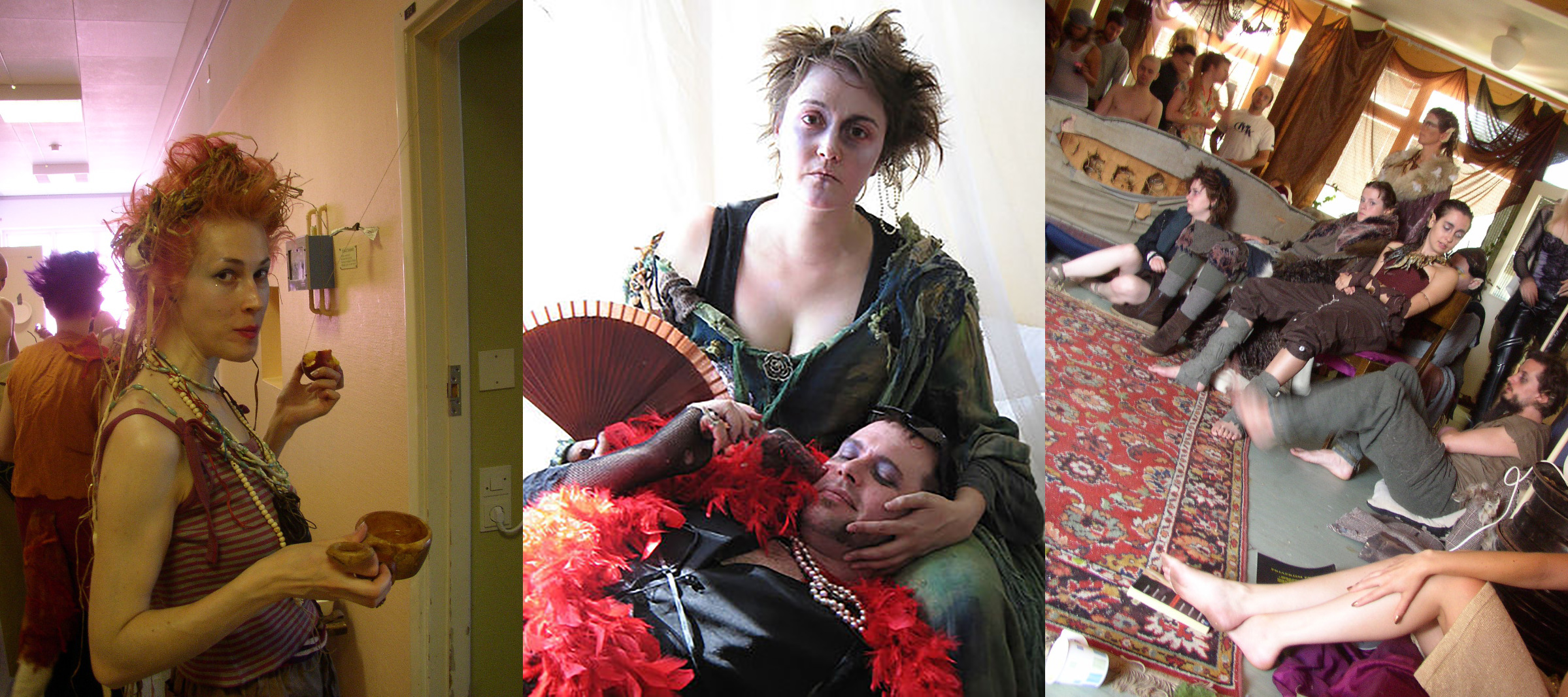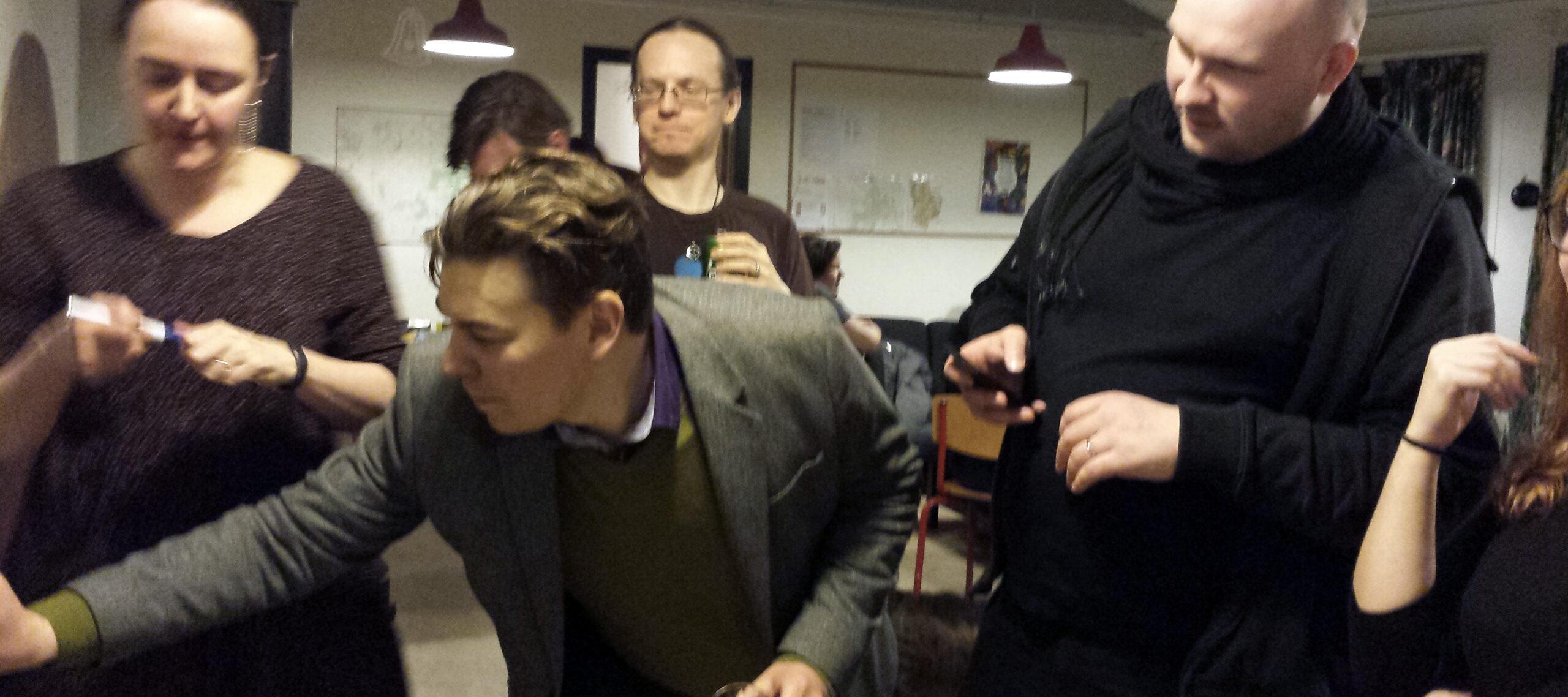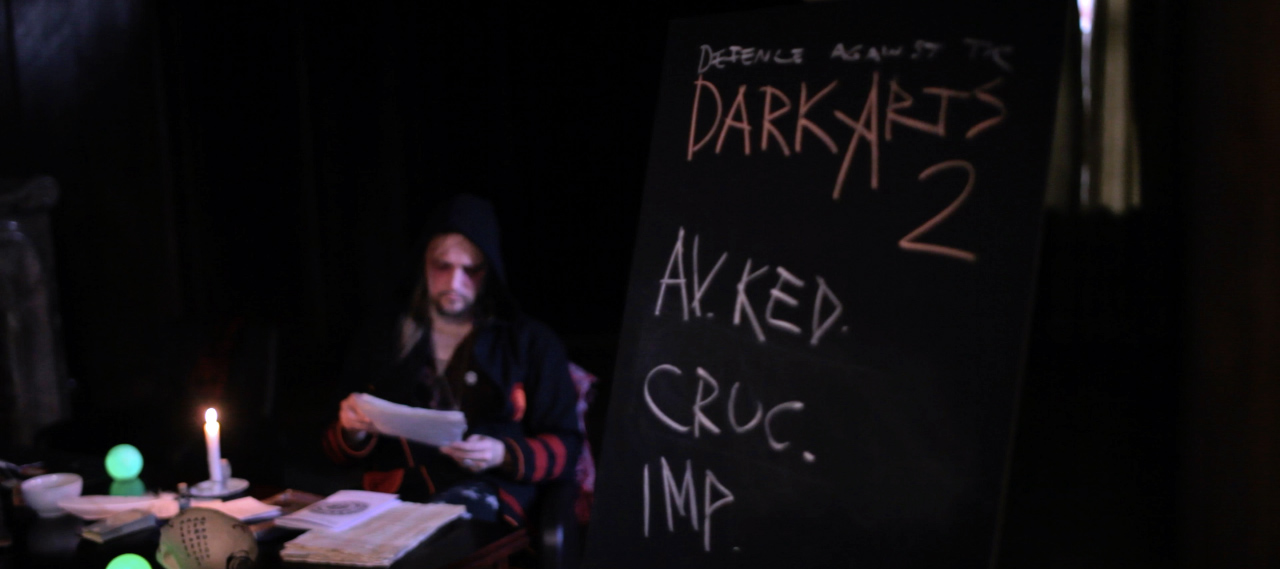Tag: Steering
-

Steering for Survival
Larp as a medium can tell serious and nuanced stories, but doing so requires us to be brave together.
-

Maps, Loops and Larp
in
This article outlines a framework for analyzing how players decide on their actions moment to moment, as well as on longer time scales throughout the larp.
-

You’re in Charge of You
in
Let me tell you about how you can game master yourself in a larp. In a tabletop role-playing game it’s easy for the actual game master to work on pacing and theme and mood and so on, because she sees the whole group pretty much all the time, knows what’s happening where, and controls the
-

The Art of Steering – Bringing the Player and the Character Back Together
in
The rhetorics of Nordic larp often imply that role-players play in an intuitive fashion guided by the character, rarely or never contemplating their actions during the game. In reality, however, we are often keenly aware of what we are doing as our characters and why. This paper explores the practice of making in-character decisions based
-

Steering for Immersion in Five Nordic Larps – A New Understanding of Eläytyminen
in
The concept of character immersion has been a cornerstone of Nordic larp discussion for fifteen years. I was surprised by how much the concept of steering introduced last year brought to my understanding of character immersion (“eläytyminen”). In this essay I look at five specific experiences with steering towards immersion, some successful, some not. More